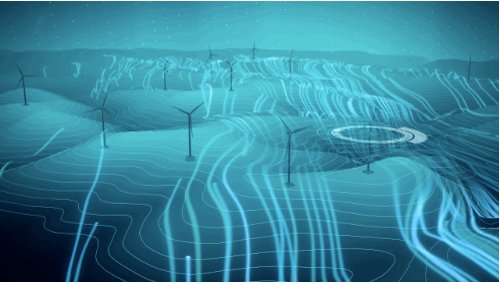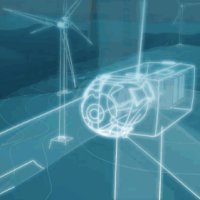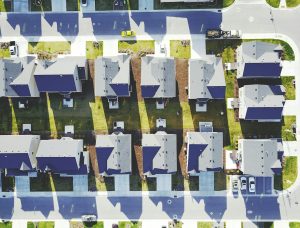GE Renewable Energy has released details of a new digital wind farm concept that it says would make wind power production 20 per cent more efficient and create $100 million in extra value over the lifetime of a 100 megawatt facility.
The concept uses software to pair physical wind turbines located on real-world wind farms with a “digital twin” located on a virtual wind farm inside a computer. All data is stored and processed on GE’s industrial internet cloud platform, Predix, giving engineers the power to customise the performance of individual turbines.
“Every wind farm has a unique profile, like DNA or a fingerprint,” says Keith Longtin, general manager for wind products at GE Renewable Energy. “We thought if we could capture data from the machines about how they interact with the landscape and the wind, we could build a digital twin for each wind farm [and] use it to design the most efficient turbine for each pad on the farm, and then keep optimizing the whole thing.”

The system enables engineers to model about 20 different turbine configurations – depending on required blade diameter, pole height and turbine output and design perfect wind turbine for a given site. According to GE, the software can optimise performance for any type of wind turbine, regardless of size or manufacturer.
Once a wind farm is established, sensors in each turbine begin sending a flood of data back to its twin in the cloud, from wind speed, nacelle yaw and generator torque. The software crunches the information and sends back real-time changes that boost the overall efficiency of the entire wind farm.
“This is a real-time analytical engine using deep data science and machine learning,” says Ganesh Bell, chief digital office at GE. “There is a lot of physics built into it. We get a picture that feels real, just like driving a car in a new video game. We can do things because we understand the physics – we build turbines – but also because we write software.”
The data generated by the digital wind farm can even be used to control noise, by changing the rotor speed depending on the wind direction to ensure it stays below any noise thresholds.







































